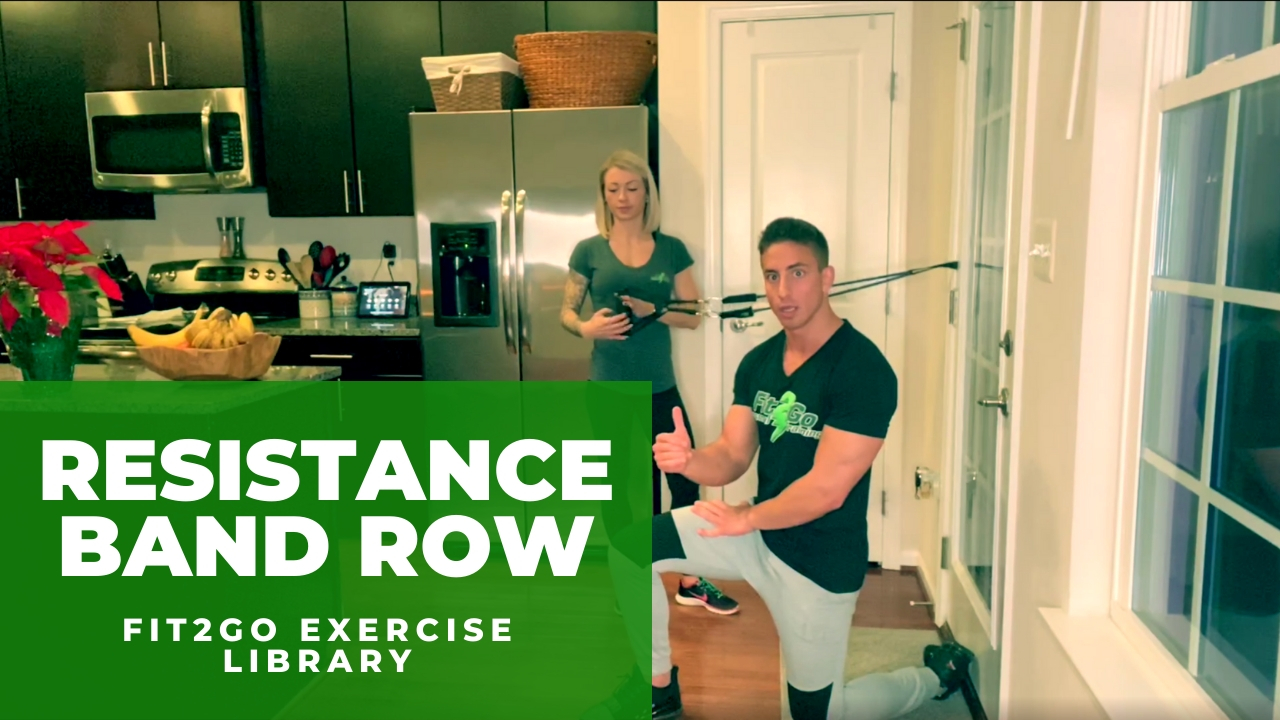
23 Dec Resistance Band Row
There are two main movement patterns for your upper body:
1) Push
2) Pull
We covered the push movement with the resistance band chest press:
–> How To Perform The Resistance Band Chest Press
Today we’re focusing on the pull movement. The exercise we’re using the resistance band row.
This exercise is essential to balance any pushing movements you’re doing with push-ups, bench press, etc.
This exercise is also very important for anyone who sits most of their day. Sitting leads to a weak upper back and hunched shoulders. So we’re using the resistance band row to strengthen the upper back and pull the shoulder blades back and down. In short, the resistance band row is designed to get your body standing up straight and tall.
EXPLANATION:
Essentially, the resistance band row is the exact opposite of the resistance band press. Your arms will be performing the same movement.
The difference is that for the chest press, the resistance is behind you pulling your arms back. So you’re pushing your arms forward, activating your chest.
In this exercise, the resistance is in front of you, pulling your arms froward. So you’re pulling your arms back, activating your upper back muscles.
INSTRUCTIONS:
Setup: Anchor your resistance band in a door at chest level.
(If you’re not sure how to do this, watch the quick tutorial here: How To Use Your Fit2Go Band’s Door Anchor)
Starting Position: Begin by facing the door and stepping back until you feel some tension in the bands. With your feet shoulder width apart, flex your abs and glutes as you sit your hips back slightly behind you (like a squat). This should give you a strong foundation.
Step 1: Pull your arms towards you while pulling your shoulder blades down and back.
Remember that though your arms will be engaged, this is not an arm workout. The main muscles you should be using are in your upper back (mid traps, rhomboids, and lats). You should be squeezing your shoulder blades together and feeling a strong contraction in your upper back while pull the band towards you.
Step 2: Pause when your hands are a few inches in front of your torso and hold for two seconds. Squeeze your back muscles to maximize that contraction.
Step 3: Slowly and with control, allow your arms to reach back forward into the starting position.
Repeat for the recommended number of repetitions.


